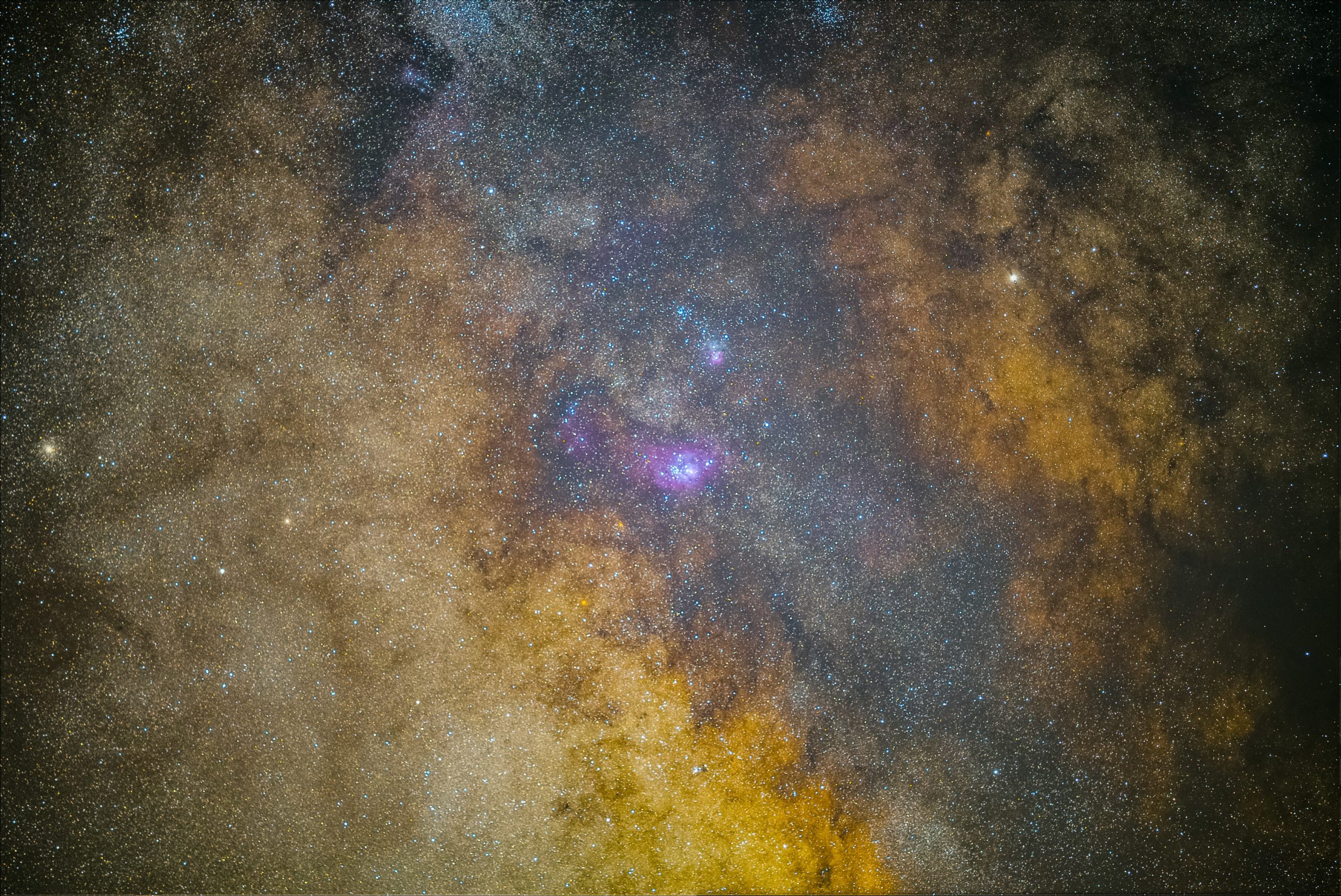

Purpose: To experience, alongside Mary, the joy and terror of being called and favored by God.
If you have people in your group from a Roman Catholic background, you should be familiar with the basic tenets of Catholic belief about Mary. Rather than engaging in long debates over the validity of Catholic teachings about Mary, a better approach will be to keep the focus on the discussion on what we can learn from the New Testament about Mary.
Mary is traditionally pictured as a young woman, although no direct statement is made about her age. The normal betrothal age was fourteen, although a woman as young as twelve could be betrothed. The Jewish marriage process had two stages. In the betrothal period an agreement was made (usually between the fathers) that a man and a woman would marry. Often a financial exchange was also made as the bride’s father paid the bride price or dowry to the groom or the groom’s father. At this point the man and woman were legally betrothed. A divorce was required to break the agreement. The betrothal normally lasted one year, and it was during this time that Gabriel visited Mary. The second stage of the marriage process was the actual marriage ceremony, when the husband took his
wife to his home, and the marriage was consummated through sexual union.
God had used his Spirit and his Word to prepare Mary to be receptive to God’s request, but Mary’s “blessed” status was a gift bestowed by God.
The angel Gabriel appears four times in Scripture to men and women uniquely chosen and blessed by God. He always brings a significant message of hope for the people of God. Gabriel appeared twice to Daniel (Dan 8:15-19; 9:20-27); he appeared to an old priest named Zechariah to announce the birth of John the Baptizer (Lk 1:11-20); six months later he appeared to Mary.
The name Jesus is the Greek form of the Hebrew name Joshua and it means “the Lord saves.” The child’s name summarized the whole purpose of his coming—to be our Saviour. Gabriel’s declaration that this child would be “the Son of the Most High” (v. 32) would have meant only one thing in Mary’s Jewish mind. To say that someone was “the son” of someone else meant that the person had the same nature as the father. Mary’s child would have the same inherent nature as God Most High.
It seems that Mary believes what the angel says, but wants to know how such an event can occur. We have Mary’s testimony before an angel of God that she is a virgin. Gabriel does not tell Mary specifically how she will conceive; he simply declares that God will do it! Our confidence in the fact of Jesus’ conception in a virgin woman rests on the trustworthiness of the Scriptural record and the awesome ability of God to do what he promises to do. No “biological” explanation is possible; it was a supernatural act of God.
Mary must have been encouraged and strengthened in her faith to hear of another work of God’s power. Elizabeth had conceived in her old age, but she had conceived through her husband, Zechariah (Lk 1:5-25).
The exact relationship between Mary and Elizabeth is uncertain. Elizabeth belonged to the descendants of Aaron (Lk 1:5); Mary was from the tribe of Judah and the descendants of David (Lk 1:27). The word relative in Luke 1:36 is a broad term covering many possible relationships. We do know that
Mary and Elizabeth knew each other well.
Elizabeth was given direct knowledge from the Holy Spirit that Mary was carrying the promised Messiah. The Spirit also in some mysterious way produced a response to the unborn child Jesus in the unborn child John and then revealed to Elizabeth the spiritual significance of her baby’s leap in the womb.
Mary’s words are written in poetic form like an Old Testament psalm or hymn. Verses 46-55 are sometimes referred to as the Magnificat, because in the Latin version of the Bible (called the Vulgate) the first word of the poem is the Latin word magnificat (“glorifies”).
Mary knew the Old Testament Scriptures. This poem is a series of quotations or allusions to Old Testament passages, most of them in the Psalms. A good reference Bible will direct you to more than twenty Scripture passages from which Mary draws her expressions of praise to God.
Mary also refers to the Lord at least eighteen times by name or with a pronoun. She sings back to God the wonderful aspects of his character that she has discovered in the Word of God and that she has learned in her personal experience.
This exercise provides an opportunity for creative expressions of praise to God. Depending on the talents and interests of the group, you may want to encourage instrumental music, vocal expressions, drama, poetry—any
expressions of praise to God that come from a sincere desire to honor him.